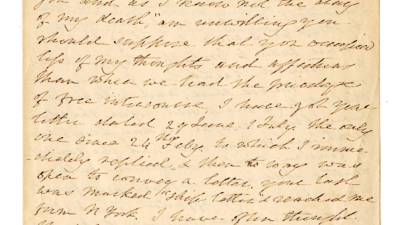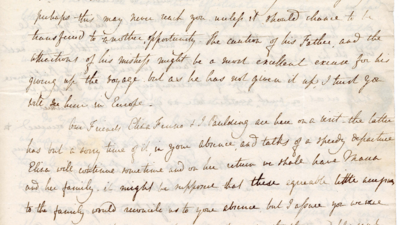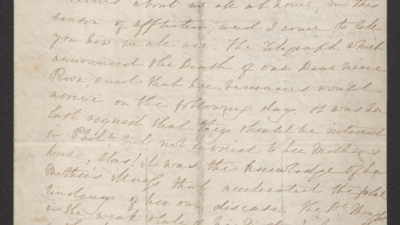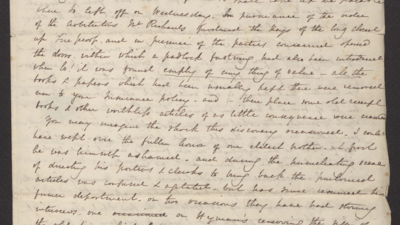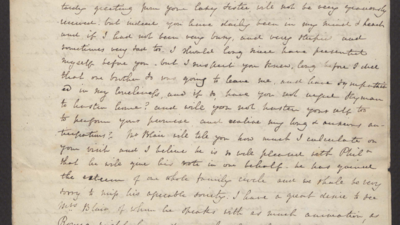Judy Freeman, nee Beitscher, was born in Uzhgorod (also known as Ungwar) in the Hungarian part of Czechoslovakia, March 2, 1929. Her father was a baker and she was educated in public school. She describes changes in Jewish life after the German occupation in August 1944. Jews were herded into two temporary ghettos and then transported to Auschwitz in cattle cars. During a selection by Dr. Mengele, she was separated from her family, processed, and taken to Jewish Lager C in Birkenau with 1000 young Jewish girls. She vividly describes the daily routine, roll calls, selections and terrible conditions at Birkenau. She devised several survival skills to keep her sanity and promised herself she would live to tell about her experiences. She was sent to a gas chamber once, survived, and later selected to go to Guben, a small labor camp near Berlin, to work in an electronics component factory, in November 1944. She mentions attempts at sabotage by the slave laborers.
She describes a Death march from Guben to Bergen-Belsen in January 1945, horrible conditions, treatment of prisoners and brutality by a Blockälteste at Bergen-Belsen extensively. She lost her will to live for the first time even though some hoarded jewelry saved her life at Bergen-Belsen during a typhus epidemic.
She was liberated by the British Army April 15, 1945. She recalls actions taken by Brigadier General Grimm Hughes and British liberators vis -a- vis the survivors and the Germans. After liberation, she was hospitalized, returned to her home town, and was smuggled into Munich with her new husband, also a survivor, from Czechoslovakia. They lived and worked in two Displaced Persons camps: Gabersee and Wasserburg for almost two years. They came to the United States September 21, 1947. She explains how they built a life and started a family, after a difficult beginning in New York, assisted by HIAS.
